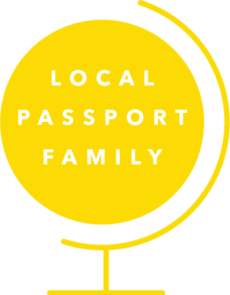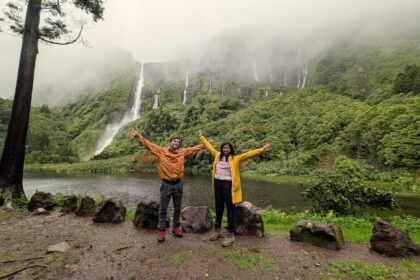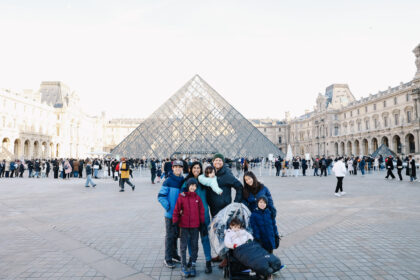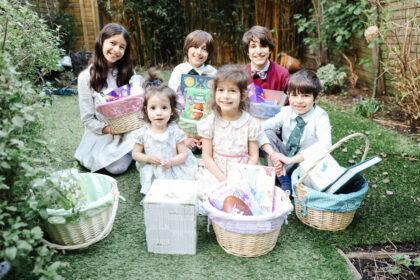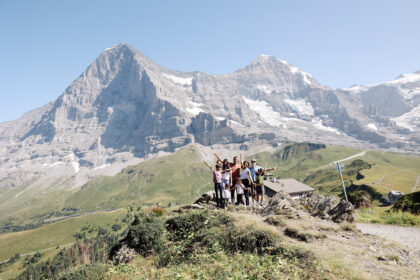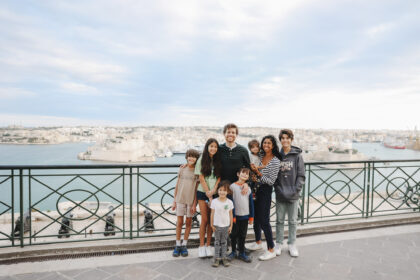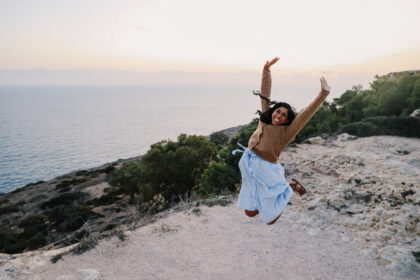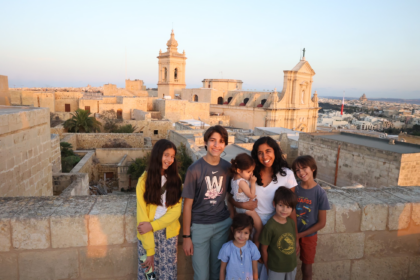There’s something about giant mountain vistas that just speaks to my soul and visiting Glacier National Park with kids just fills that cup right up for me. We’ve visited a few times as a family and have loved finding the best things to do in Glacier National Park!
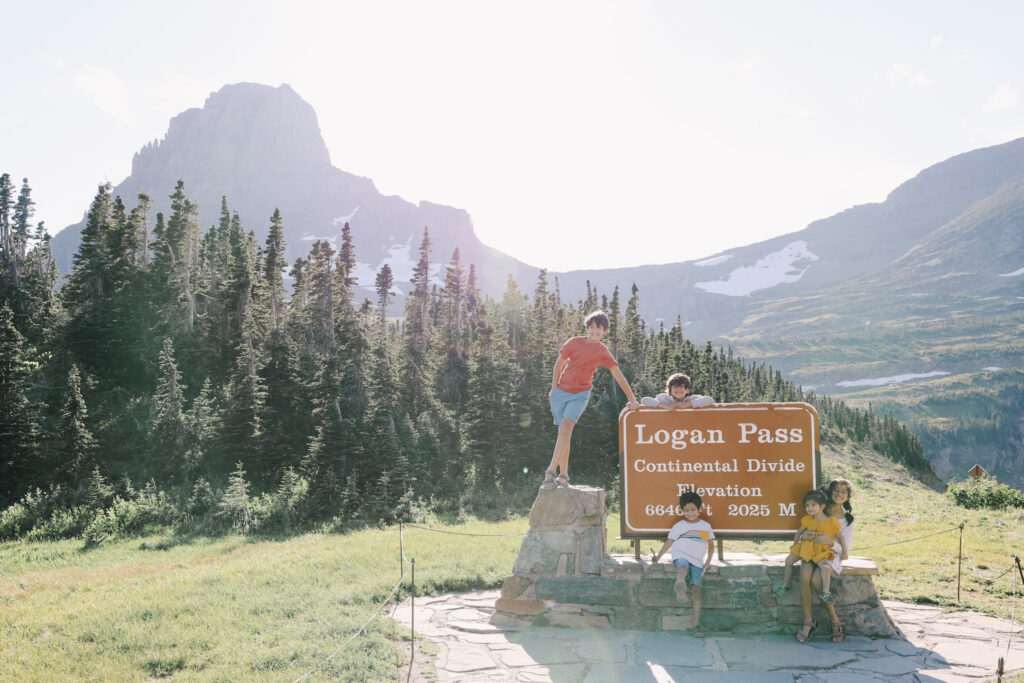
Learn About Glacier National Park
Before we visit a national park, our family loves learning about it! It helps us enjoy it more and appreciate the people who have stewarded it well before us. We love learning about the Indigenous history, as well as about wildlife and ecosystems.
Here are a few things to learn about the park either before a visit or as part of a Glacier virtual tour!
Glacier National Park History & Natural Features
- Humans have occupied the land presently known as Glacier National Park for over 10,000 years.
- Explorations to the area by white trappers as early as the 1700s opened the area to trading among European settlers and tribal communities. As resources were depleted, the tribes eventually signed treaties that would increasingly confine native people to reservations and leave them dependent on the U.S. government.
- By the middle of the 1800s, the mountainous region of Glacier National Park had been “discovered” and explored by early white explorers. The Blackfeet Indians continued to dominate the region until the 1870s.
- With railroad tracks over Marias Pass completed in 1891, and the number of homesteads in the area increased. People came to the area to run trap lines, establish home sites, prospect for coal, metals, and oil, or just enjoy the scenery.
- Under pressure from miners, the mountains east of the Continental Divide were acquired by the U.S. government from the Blackfeet in 1895. Miners came searching for copper and gold. They hoped to strike it rich, but no large copper or gold deposits were ever located.
- Glacier National Park, established in 1910, predates the National Park Service itself, which was created in 1916.
- Three major North American watersheds arise from Glacier National Park (Arctic, Atlantic and Pacific). Two climate zones (Pacific Maritime and Prairie/Arctic) are separated by the Continental Divide. Biomes range from the lower elevation pacific cedar-hemlock forest to the high alpine tundra.
- Glacier National Park’s glaciers support the American way of life by contributing meltwater to irrigation for agriculture, to cold streams for wildlife, and to lakes for recreation. The national park was named for its many active glaciers. Losing these glaciers may be a lesson about the significance of the climate crisis.
- (Source) (Source) (Source) (Source) (Source)
Glacier Indigenous History
- Indigenous peoples have used the land in and surrounding what is presently the national park for for hunting, fishing, ceremonies, and gathering plants.
- Tribes that have inhabited – and continue to inhabit – the area include the Blackfeet, Salish, Pend d’Oreille, and Kootenai.
- The Blackfeet prided themselves on being hunters living primarily off the large herds of buffalo roaming the plains, but they were also familiar with the plants in their environment. They made use of at least 185 species of plants for food, medicine, ceremonial, and construction purposes.
- More at home in the foothills and mountains than either the Blackfeet or Salish tribes, the Ktunaxa (Kootenai) continued to make buffalo hunting excursions onto the plains even after the Blackfeet had asserted dominance there. However, buffalo were never the chosen game animal of the Ktunaxa. They preferred the hides and meat of mountain animals like big horn sheep, elk, moose, and woodland caribou. Known as the “fish trap people” or “the fish eaters” by neighboring tribes, the Ktunaxa balanced their diet of fish with red meat and vegetation.
- The Salish had a well-balanced diet of plant foods and meat. They occasionally hunted in the mountains and spent time hunting buffalo on the plains. The Salish resided mainly in the valleys and had access to such root crops as bitterroot, camas, biscuit root, wild carrots, and onions.
- Each of these tribes used lodgepole pine extensively for construction, food, and medicine. In the days before skin tipis, lodges were constructed from lodgepole, western red cedar, willow, birch, and tule or rushes. Canoes were made from cedar and birch.
- By the late 1890s, bison were hunted to near extinction by settlers, and winter food sources for tribes dwindled. Soon after, the land became a target for mining, and a series of bad-faith deals with the US government left the tribe with limited rights to their ancestral homelands. When Glacier National Park was established in 1910, the tribes lost the ability to hunt and gather on the land.
- Today, the 1.5-million acre Blackfeet Indian Reservation, which shares Glacier’s eastern border, is home to about 8,600 members of the Blackfeet Nation, the largest tribe in Montana. The Flathead Indian Reservation encompasses approximately 1.3 million acres mostly along the Flathead River and is home to approximately 7,000 members of the Confederated Salish and Kootenai Tribes of the Flathead Nation.
- To see videos of tribal peoples discussing their relationship to this land, view the At Home In This Place series.
- (Source) (Source) (Source) (Source)
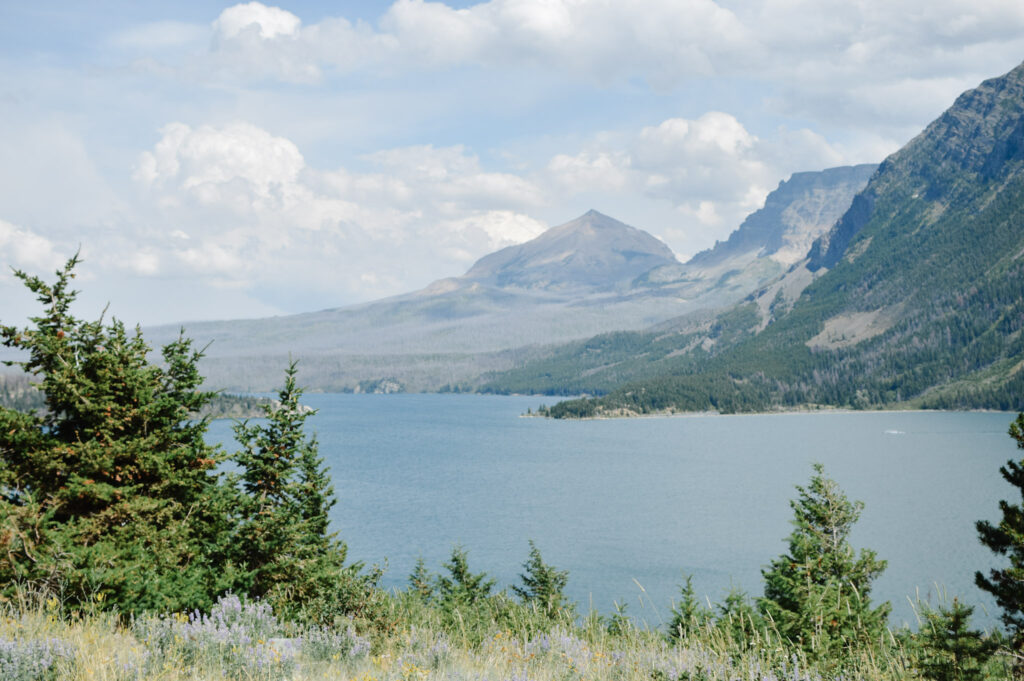
Featured Glacier Picture Book: Bold Women in Montana History
Glacier Packing List: What to Pack For a Glacier Family Vacation
Glacier National Park Packing List
- Carry-all backpack – this is our favorite grown-up pack to carry essentials for a day hike
- Kids’ Hiking Backpack – our kids absolutely love these 18L hiking backpacks. They’re perfect as a day pack or for travel – they hold a ton, are sturdy, comfortable, and have a spot for a water bladder. They even work really well on my short torso and I alternate between one of those or this women’s day pack. We also love this 12L kids day hike backpack for younger kids.
- Backpacking Backpack – if you’ll be doing any overnight adventures, we really love this 40L pack for overnights.
- Layers
- Wool base layers + Socks – great for regulating temperature and moisture wicking. Excellent for cold weather, too. Here are all our favorite wool base layers & socks for the whole family.
- Sun protective gear
- Sturdy shoes
- I like these hiking boots for women and men, and these hiking sandals for women and men.
- I’d recommend either sneakers with good tread or hiking shoes when exploring Glacier trails with kids. My kids love either hiking sandals, hiking boots, or regular sneakers depending on the type of hike. (I like these and these for kids because they’re also waterproof.)
- First aid kit and my favorite bandages
- Sunscreen
- I love this kind for kids – it’s mineral-based, provides great protection, great for sensitive skin, and rubs in easily. This is my favorite facial sunscreen for myself (use code LPF15 for 15% off).
- Insect Repellent
- It can definitely get buggy around here, especially in the summer. We love this deet-free repellent (use code LPF15) and this Picardin-based bug repellent in areas that don’t have a high prevalence of disease-carrying mosquitos (we use Deet in Zika/dengue/malarial areas).
- Quick-Dry Towel
- We like to have one of these quick-dry towels on hand in case of rain or any spills.
- Hat
- This is my favorite hiking hat and my favorite hat for babies.
- Camera equipment
- Water/snacks
- We love this water bottle and this water bottle for adults.
- This hydration backpack for kids is a favorite. (Also available here.)
- My older kids LOVE this water bottle.
- This and this are our favorite water bottles for toddlers.
- Child hiking carrier – Glacier National Park has a number of wonderful hikes, and we love having a carrier to pack along a baby or toddler when visiting Glacier with kids. This is our favorite backpack hiking carrier for visiting Glacier National Park with toddler that also has plenty of room for snacks and even our big camera. We also love this soft structured carrier for younger babies.
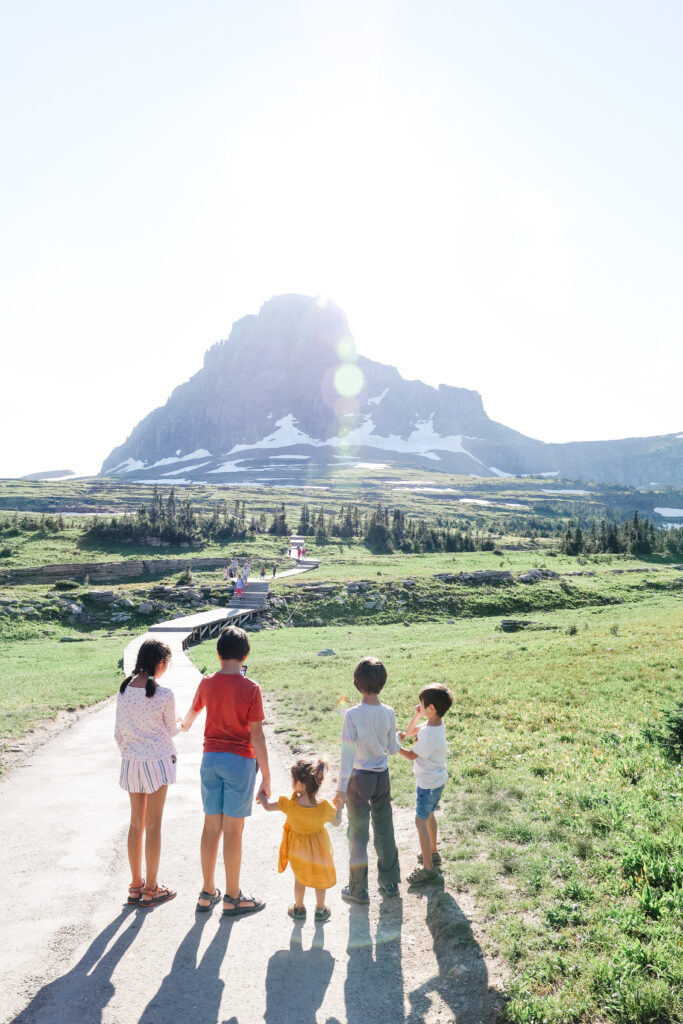
How To Get to Glacier National Park
The closest airport to Glacier National Park is Glacier Park International, near Kalispell, MT. It is approximately 30 miles west of the West Entrance. Once in the park, families can use the Going-to-the-Sun Road Shuttle but to explore the park more fully and have increased flexibility you may want to rent a car.
The next closest airport options:
- Missoula International Airport is located approximately 150 miles south of the West Entrance.
- Great Falls International Airport is located between 130 miles and 165 miles east of the St Mary, Two Medicine, and Many Glacier Entrances.
There is also the option to take a train to Glacier National Park! Amtrak’s historic Empire Builder train line stops year-round at West Glacier, and the Izaak Walton Inn at Essex, and seasonally at East Glacier Park. In the summer, Glacier National Park Lodges provides a shuttle (for a fee) that transports West Glacier Amtrak passengers between the train depot, Apgar Village, and the Lake McDonald Lodge. Reservations are required.
How Many Days Should I Spend at Glacier National Park?
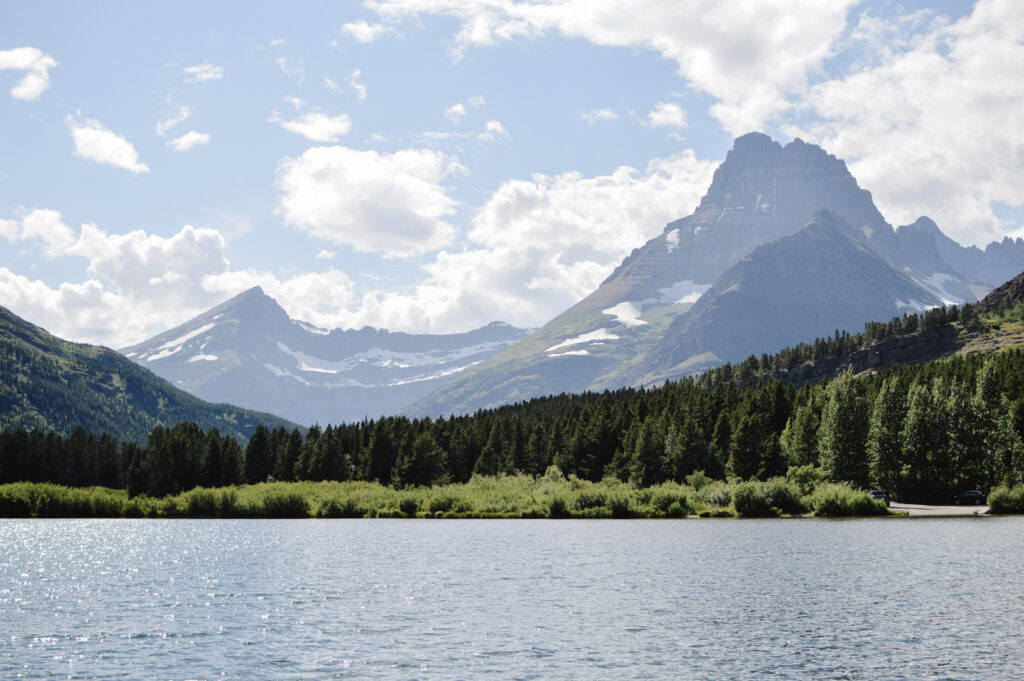
Where to Stay Near Glacier National Park: Glacier Lodging for Families
Camping in Glacier National Park
Many campgrounds are available by reservation and can be booked on Recreation.gov. Reserving a site is highly recommended as the park offers only a few first-come, first-served campgrounds.
If your family is interested in hiking to a remote campsite, learn more about Wilderness Camping in Glacier.
Glacier Lodging with Kids
- Glacier National Park Lodges/Xanterra Parks & Resorts operates the Village Inn Motel, Lake McDonald Lodge, Rising Sun Motor Inn, Swiftcurrent Motor Inn, and Many Glacier Hotel.
- Glacier Park Collection Operates the Apgar Village Lodge and Motel Lake McDonald.
- Glacier also has two backcountry chalets to which visitors can hike for overnight accommodations: Sperry Chalet and Granite Park Chalet
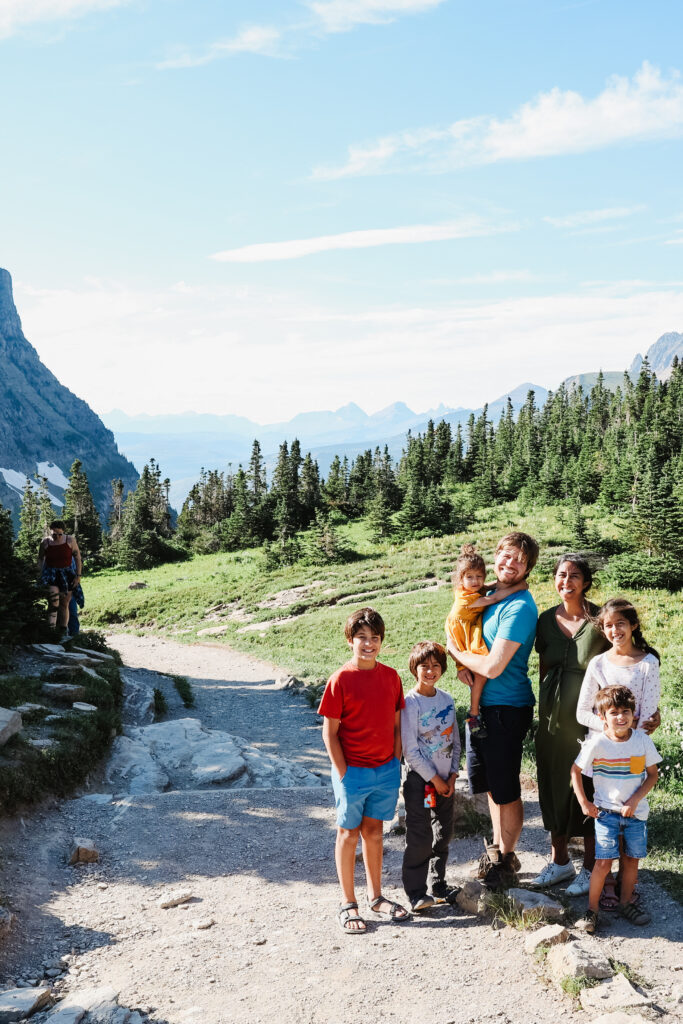
Where to Eat Near Glacier National Park
Apgar
- Eddie’s Café: breakfast, lunch, and dinner
Lake McDonald Lodge
- Russell’s Fireside Dining Room: breakfast, lunch, and dinner
- Jammer Joe’s Grill & Pizzeria: lunch and dinner
- Lucke’s Lounge: lunch and dinner
Many Glacier
- Ptarmigan Dining Room: breakfast, lunch, and dinner
- Swiss Lounge: lunch and dinner
- Nell’s at Swiftcurrent Motor Inn: breakfast, lunch, and dinner
- Heidi’s: hot and cold snacks, sandwiches, drinks
How to Get Around Glacier National Park: Glacier Transportation
It’s most convenient for families to have a car to get into Glacier National Park, even if you take the public shuttle while inside the park. Here’s more info on the Going-to-the-Sun Road Shuttle.
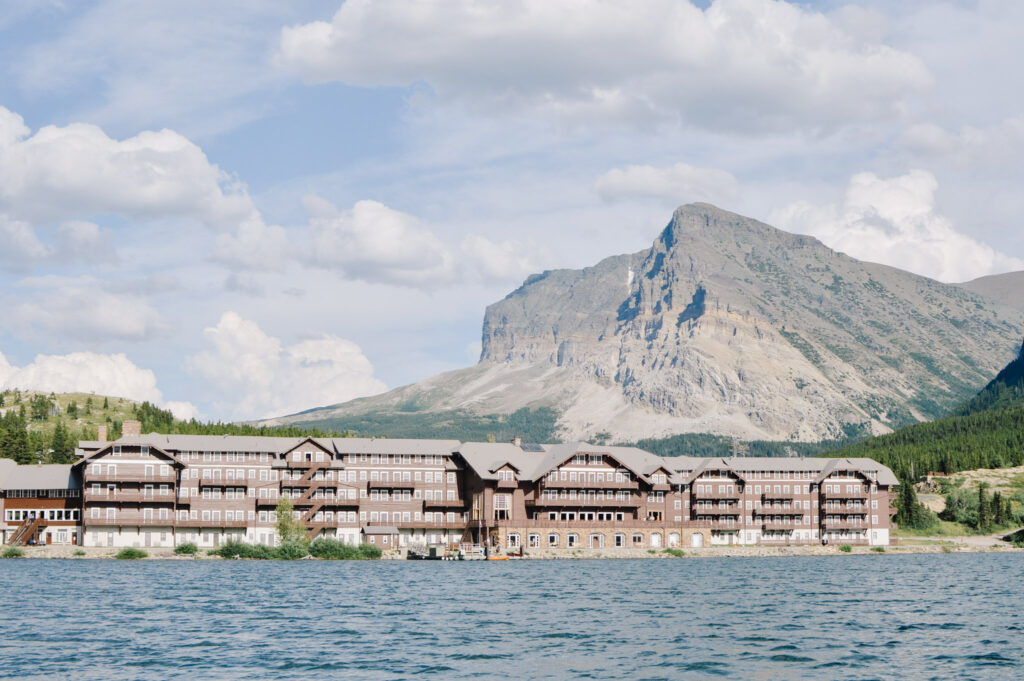
And here is a complete post about traveling with car seats. These are our favorites by age:
- Favorite Infant Car Seat For Travel Available at: Amazon, Target, Walmart
- Favorite Convertible Car Seat For Travel Available at: Walmart
- Favorite Booster Restrain Vest For Travel Available at: RideSafer
- Favorite Booster Seat For Travel Available at: Amazon
Best Time to Go to Glacier: Glacier National Park Weather
Top Glacier Checklist of the Best Things to Do in Glacier National Park
- Make a reservation to drive Going-to-the-Sun Road. Explore Logan pass, visit the Continental Divide and hike Hidden Lake Nature Trail.
- Visit Lake McDonald Valley and check out Apgar Village. If you have the time and ability, hike Apgar Lookout.
- Visit St. Mary Lake and check out Wild Goose Island from the overlook. If you have time, stop by St. Mary Village and hike St. Mary Falls/Virginia Falls.
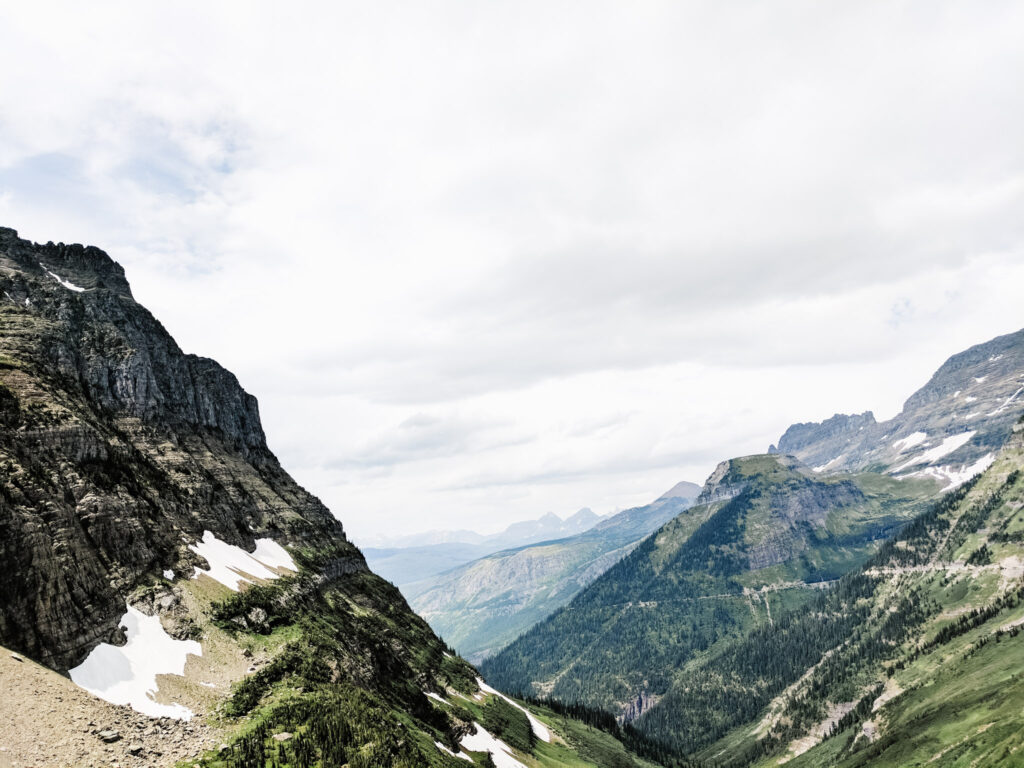
Best Things to Do in Glacier National Park: Glacier National Park Itinerary & Unique Things To Do in Glacier National Park
1. Check Out the Visitor Centers
Staff at the park’s three visitor centers (St. Mary, Apgar and Logan Pass) can help with trip planning and answering any questions you may have. Be sure to pick up free maps check other park publications via the visitor center bookstores. Hours vary with the seasons, so check the Basic Information page for current information about each visitor center and other ranger stations and offices.
2. Attend a Native America Speaks Program
Each summer, members of the Blackfeet Nation and Confederated Salish and Kootenai Tribes share personal knowledge of their history and culture as part of the Native America Speaks program. This program began in 1982 and is the longest running Indigenous speaker series in the National Park Service. Native America Speaks programs are generally offered at park campgrounds and historic lodges, and in locations throughout the Blackfeet Nation. In addition, cultural presentations are offered at the 1913 Ranger Station, along Two Medicine Lake, in Apgar Village, and at Logan Pass star parties. To learn more about Native America Speaks, view this short film made in 2019 that chronicles the history of the program through the voices of the presenters. For the most up to date schedule go here.
3. Junior Ranger Program
The Glacier Junior Ranger Program was designed to be completed during a visit to the park and includes place-based requirements and activities. You can become a Junior Ranger in Glacier National Park by completing the steps and activities in the self-guided Glacier Junior Ranger Activity Booklet during your stay. Reader and pre-reader versions of the Glacier Junior Ranger Activity Booklet are available at visitor centers and ranger stations throughout the park. Once you complete the required steps and activities, share your completed booklet with a park ranger at any visitor center or ranger station during operating hours to become a new Glacier Junior Ranger and receive your Junior Ranger Badge.
4. Hike a Glacier Trail: Best Hikes Glacier National Park
Glacier Guides offers guided half-day, full-day, overnight, and chalet hikes. Equipment rentals and porter services to deliver your gear to wilderness campsites are available.
5. Rent a Boat or Take a Guided Boat Tour in Glacier
Glacier National Park is a land of big lakes. Boat tours with commentary are available at Many Glacier, Two Medicine, Rising Sun, and Lake McDonald. Optional guided hikes are offered on some cruises at Many Glacier, Two Medicine, and Rising Sun. Small boat rentals available at Apgar, Lake McDonald, Two Medicine, and Many Glacier. For more information, including tours north of the border in Canada, see this page.
6. Go on a Guided Horseback Ride in Glacier National Park
Guided horseback rides are available inside the park at Many Glacier, Lake McDonald, and Apgar. Swan Mountain Outfitters offers drop camp services, packing visitor’s gear into certain backcountry campgrounds using stock. This can be an enjoyable alternative to backpacking. A backcountry permit and advance coordination are required. Make a reservation with Swan Mountain Outfitters.
7. Join a Ranger-Led Activity
Ranger programming at Glacier includes evening programs, guided walks and hikes, ranger talks about the natural and cultural history of the park, astronomy programs, and a walking tour of the historic Many Glacier Hotel. Most activities are offered during the months of June through September. For details about each activity and a programs calendar, visit the Ranger-led Activities page. You can also check locally at visitor centers for special programs throughout the season.
8. Take a Raft Tour at Glacier
Several raft companies operate commercially guided raft trips on the Middle Fork and North Fork of the Flathead River. Both forks are within the Flathead Wild and Scenic River designation and are jointly managed by Glacier National Park and the Flathead National Forest.
See this page for raft companies have permits from the US Forest Service. Or, check out this guided float tour or this whitewater rafting adventure.
9. See the Sights on a Glacier Bus Tour
Skip the traffic and parking and see the sights with a Glacier bus tour! Sun Tours offers interpretive tours, on air conditioned 25-passenger window coaches, highlighting Blackfeet culture. Daily service from West Glacier, East Glacier, St. Mary, and Browning during the peak season.
If you prefer something a bit more intimate, checkout this self-guided audio tour.
10. Go Cross Country Skiing or Snowshoeing in Glacier National Park
Winter would be a gorgeous time to visit Glacier National Park! Glacier’s winter recreation opportunities are diverse, with trails and routes available for all skill levels. Ski and snowshoe rentals can be found at various private businesses in surrounding communities, but there are no rental opportunities in the park. Guided cross-country ski and snowshoe activities are available for those who’d like to experience Glacier with the assistance of someone who’s familiar with different aspects of the park. See this page for guided tour options.
Weather conditions, as well as minimal park operations and services, can present challenges for many visitors. Be sure to check conditions in advance and throughout your winter stay!
11. River camping in Glacier National Park
If you love getting on the water, you have the opportunity to go river camping in Glacier National Park. The Flathead National Forest, administered by the US Forest Service, provides primitive camping locations at Ford Creek, Big Creek and Glacier Rim. Glacier National Park has one designated river campground at Round Prairie available for overnight boater use. Glacier also allows limited, undesignated camping along the North Fork. Be sure to speak with a Wilderness Ranger at one of the Wilderness Permit Centers if you are thinking about a river camping trip. Learn more about river camping in Glacier here.
12. Fishing in Glacier National Park
Fishing is permitted when consistent with preservation or restoration of natural aquatic environments, and visitors can fish in Glacier National park without a fishing license. There are a number of regulations to be aware of, including closed waters and tribal regulations. There are also catch and possession limits. For full details, including information about bait, fish identification, and bear precautions, check this page.
13. Bicycling in Glacier National Park
Cycling in popular in Glacier, especially on portions of Going-to-the-Sun Road. Be aware that bicycles are allowed only on paved roads, unpaved roads, and multi-use paths (bike paths), unless otherwise posted. There is also an option to do bike camping! A limited number of sites at Apgar, Fish Creek, Sprague Creek, Avalanche, Rising Sun, St. Mary, Many Glacier, and Two Medicine Campgrounds are set aside for those arriving by bicycle or on foot (hiker/biker sites).
Be sure to gather seasonal information such as available services, bicycling restrictions, area closures, and road and weather conditions. Further details about safety and regulations can be found here.
14. Photography in Glacier National Park
- Summer wildflowers at Logan Pass
- Sunset from Going-to-the-Sun Road
- Astrophotography – or, better yet, try to catch the northern lights! Check the Aurora Forecast and look for a KP rating of 5 or above, with forecasted clear weather through the night.
- Waterfalls or other waterways like Avalanche Lake and the famous colorful pebble shorelines, which are all over the park. Popular spots to capture these multicolored rocks are along the southeastern edges of Lake McDonald.
- Wildlife – look for animals in the morning or evening, at high elevations for goats and sheep, open meadows for bear and elk, creek sides for moose and deer, and forests for songbirds.
- Camera
- 70-200mm lens (for wildlife)
- 24-70mm lens
- 15-35mm lens (for astrophotography)
- Tripod
- ND Filter
- Remote
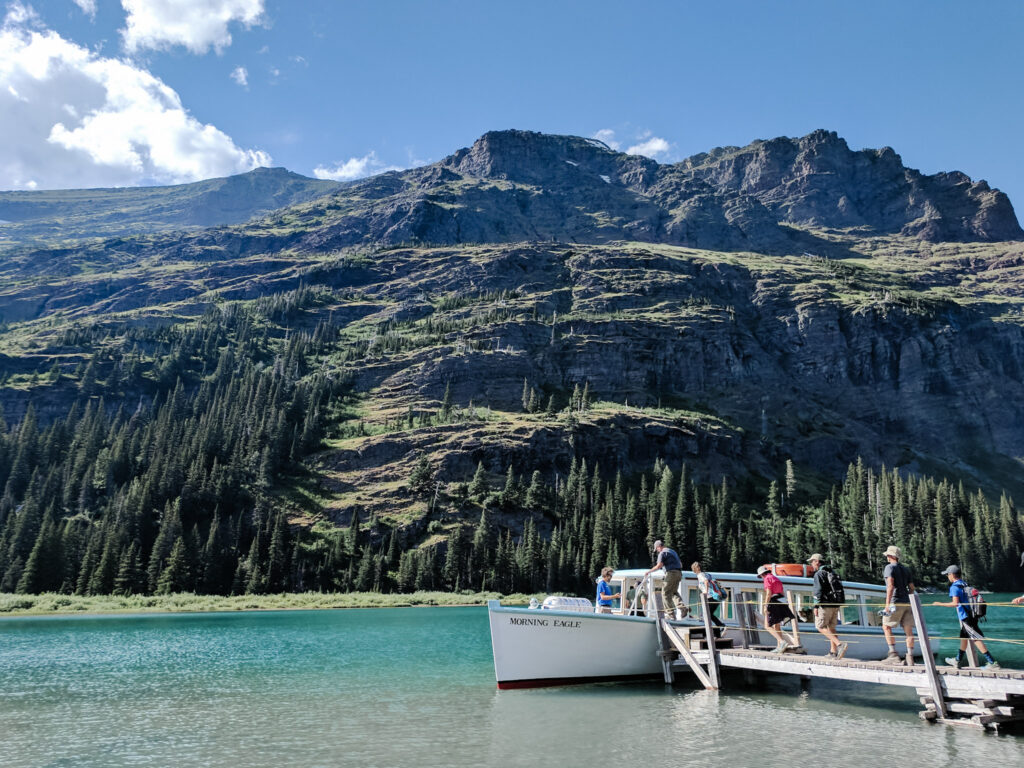
Enjoy Your Visit to Glacier National Park with Kids!
MORE POSTS
IF YOU LIKED THIS POST ABOUT THE BEST THINGS TO DO IN GLACIER NATIONAL PARK, YOU MIGHT LIKE THESE POSTS TOO:
- What to Pack for Alaska With Kids: Alaska Summer Packing List
- Best US National Parks by Month
- Great Basin National Park With Kids
